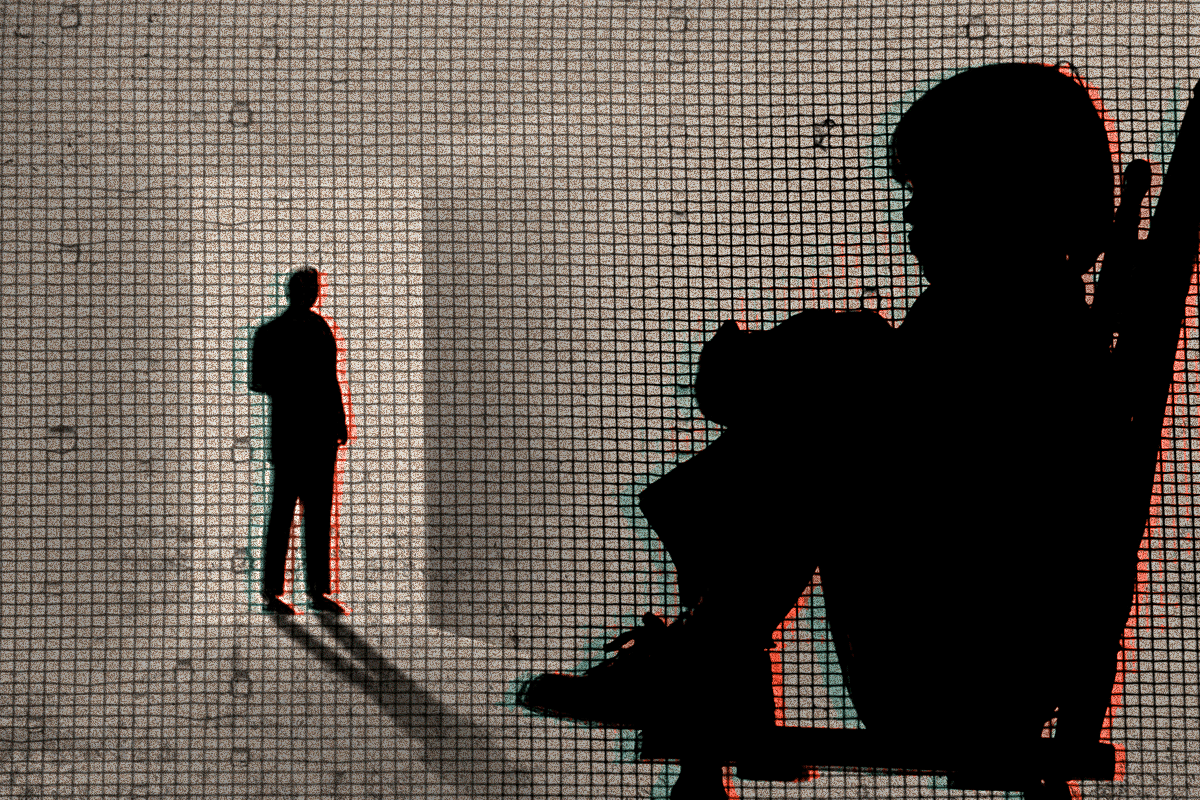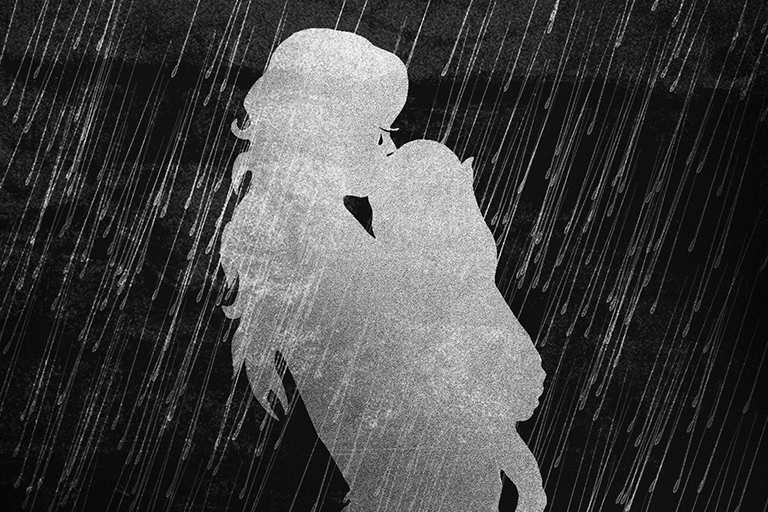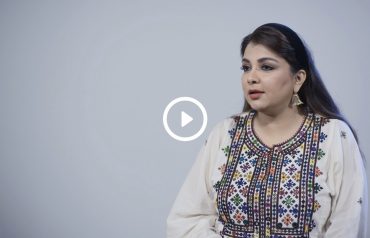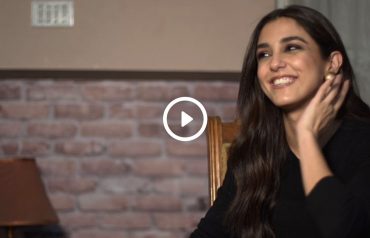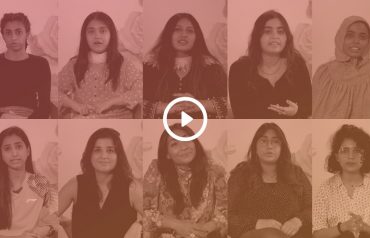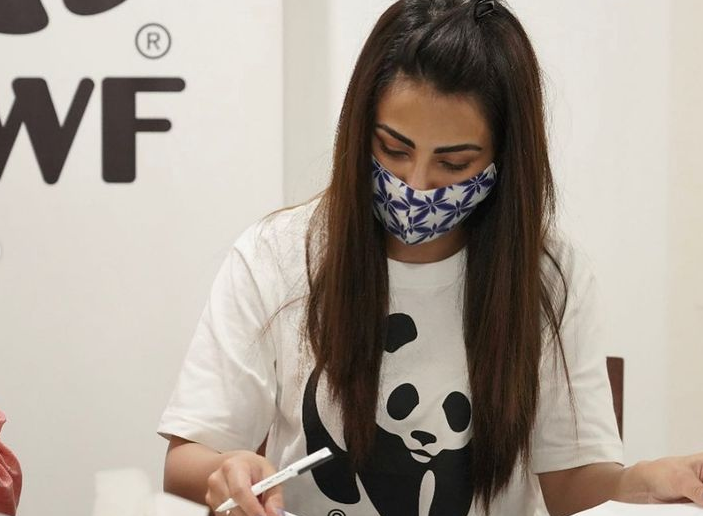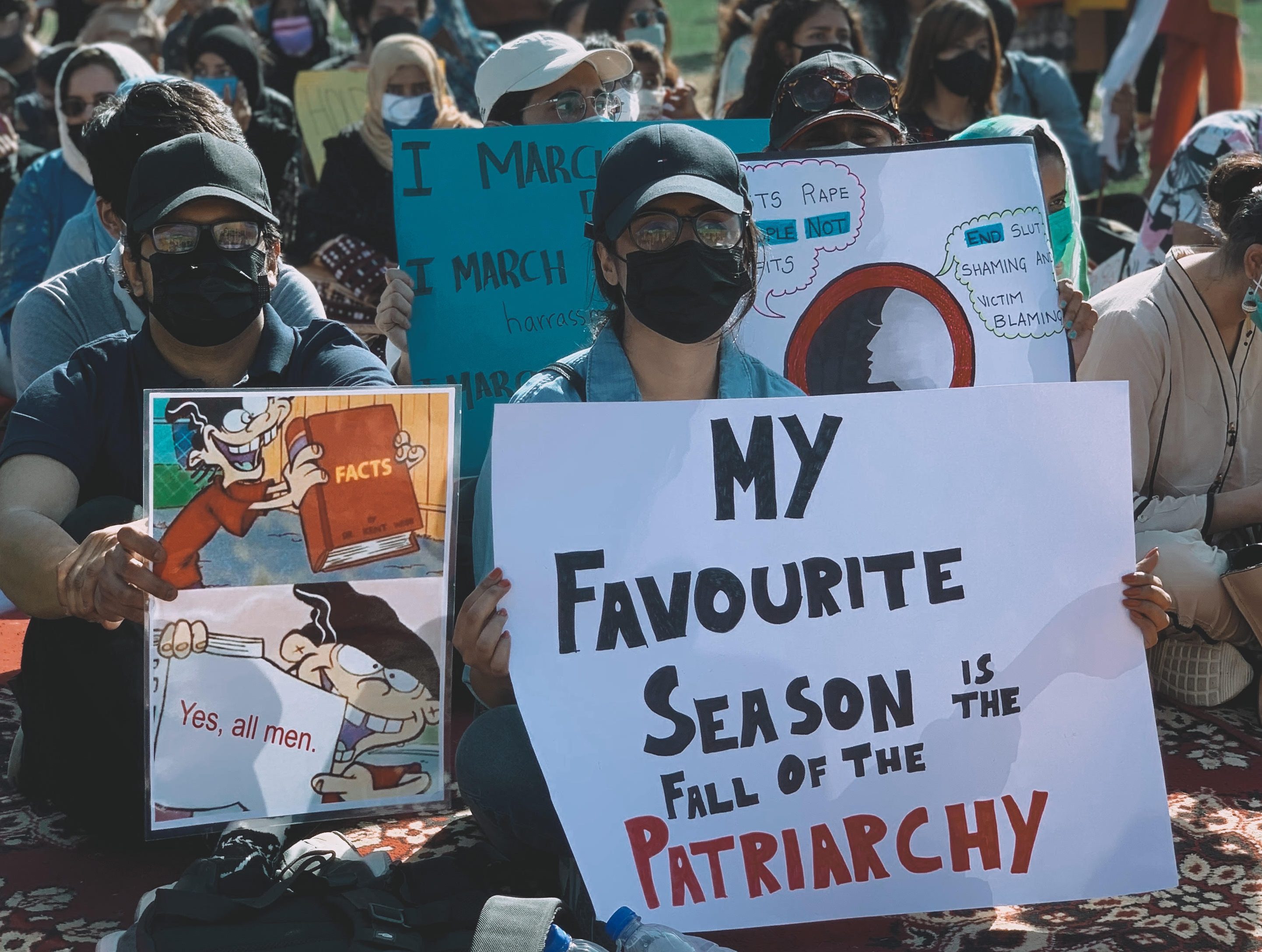KARACHI: To make sure our readers know what seasonal affective disorder (SAD) is, here is a brief definition. It is a type of depression that’s related to changes in seasons. According to Mayo Clinic, SAD begins and ends at about the same times every year. Most people suffering from SAD have their symptoms start in fall, leading to winter months. Given that winter is here, let’s dig into what makes the seasonal affective disorder worse during this time.
Why does SAD accelerate in winter?
Winter depression is still a mystery to scientists who study it. However, studies show that those suffering from it feel better after exposure to bright light. Basically, winter days are shorter in higher latitudes and one gets less exposure to sunlight. Some scientists think that certain hormones made deep in the brain trigger attitude-related changes at certain times of the year. Experts believe that SAD may be related to these hormonal changes.
View this post on Instagram
This makes sense as when you replace lost sunlight with bright artificial light, your mood improves. Though it is not as simple. Alfred Lewy, MD, a seasonal affective disorder researcher at the Oregon Health & Science University, says it’s not only a matter of getting light but also getting it at the right time. “The most important time to get light is in the morning,” he says.
Symptoms
Usually, SAD symptoms appear during late fall or early winter. They tend to eradicate during sunny days of spring and summer. Those with the opposite pattern have symptoms that begin in spring or summer. However, that is less likely. In either case, symptoms are mild initially and become more prominent as the season proceeds.
They vary from feeling depressed most of the day, every day to losing interest in activities one otherwise enjoys. Having low energy, problems with sleeping and feeling agitated are some major symptoms. Besides, changes in one’s appetite and weight, difficulty concentrating and feeling hopeless could also be the case. One is even drawn towards suicidal thoughts and that too frequently.
View this post on Instagram
Common facts around SAD
- SAD usually starts in young adulthood and is more common in women than men.
- Some people with SAD have mild symptoms and feel out of sorts or irritable. Others have worse symptoms that interfere with both personal and professional life.
- Since the lack of enough daylight during wintertime is related to SAD, it’s less often found in countries where there’s plenty of sunshine year-round. For instance, Pakistan.
Treatment
The possibilities for treatments vary, based on the severity of one’s symptoms. In case, one has another type of depression or bipolar disorder, the treatment may be different. Antidepressants are also often used to treat seasonal depression. Bupropion XL is currently the only medication that is FDA-approved specifically to prevent major depressive episodes in people with SAD. Many doctors recommend that people with SAD get outside early in the morning to get more natural light. If this is not feasible for you because of the dark winter months, light therapy (phototherapy) or anti-depressants may help. But always consult a mental health professional before trying any treatment.

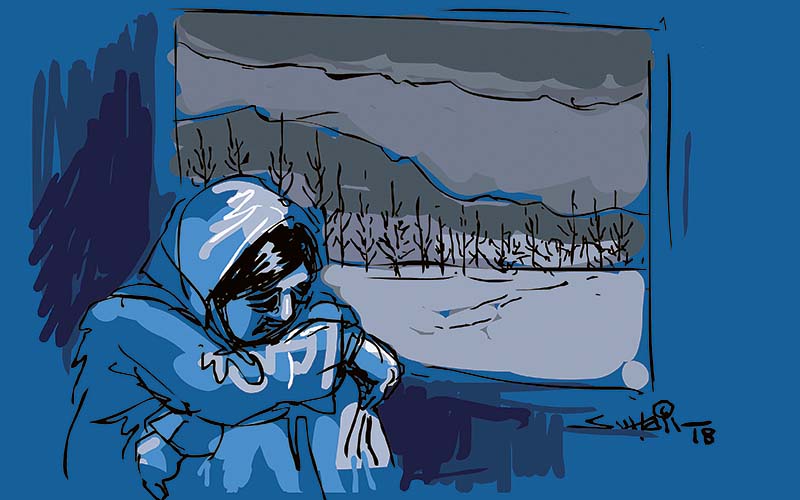 Photo: Kashmir INK
Photo: Kashmir INK

